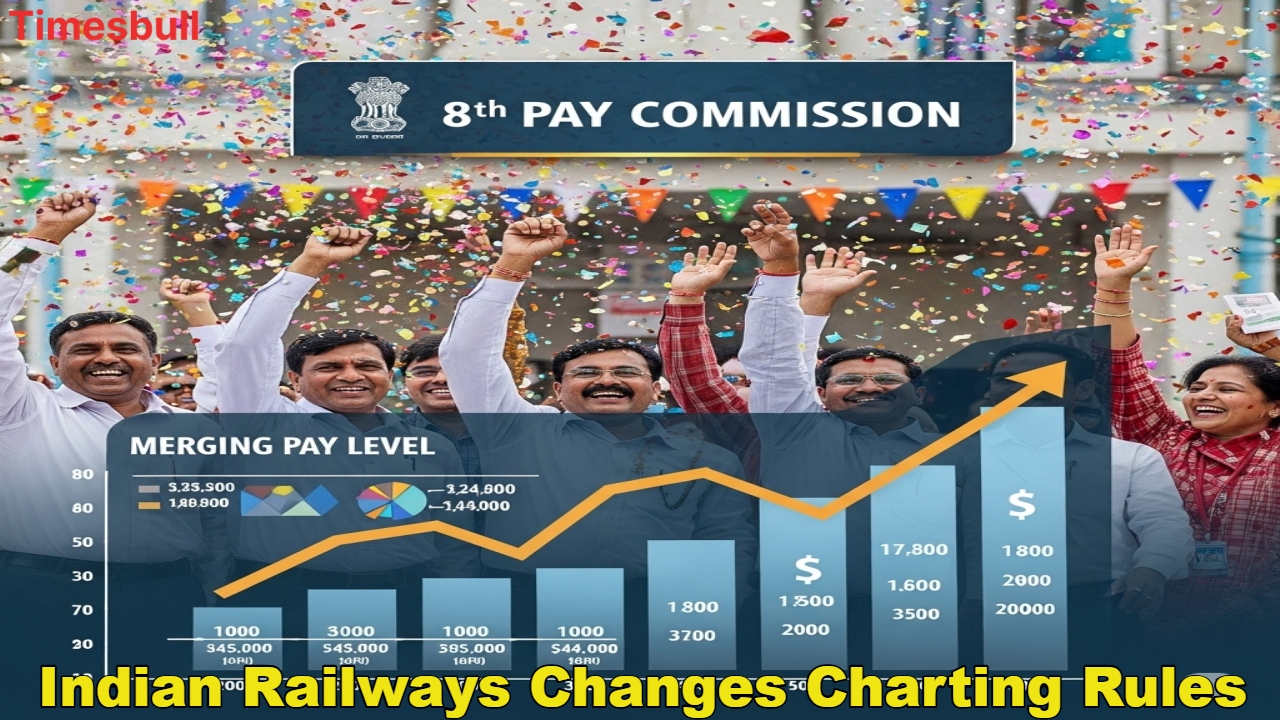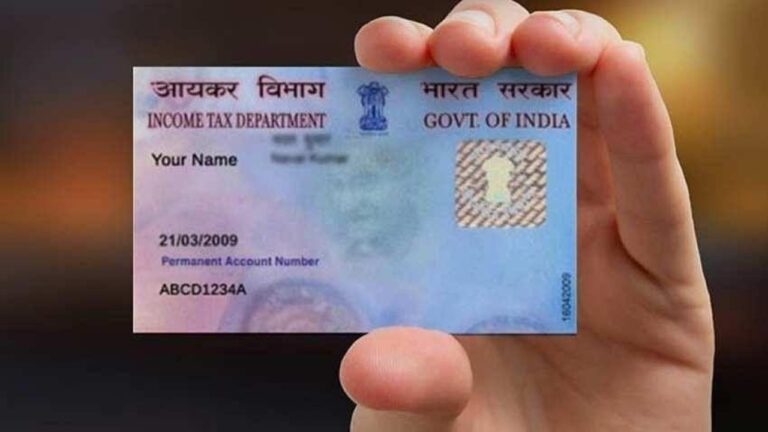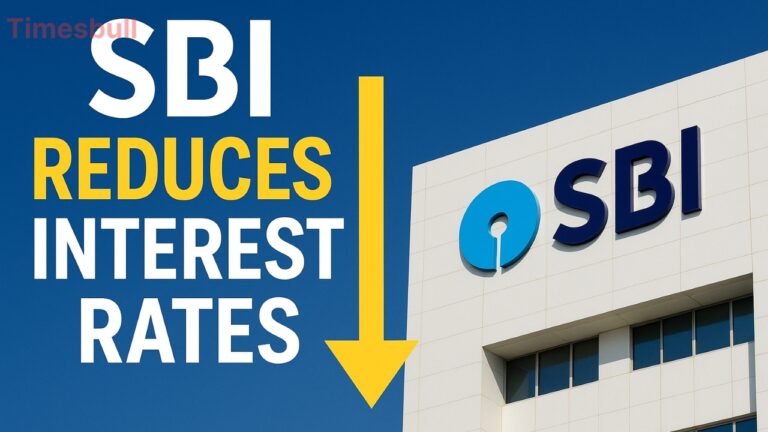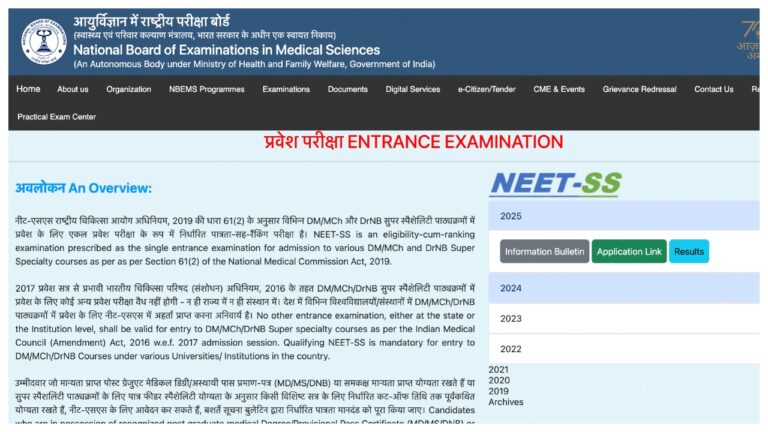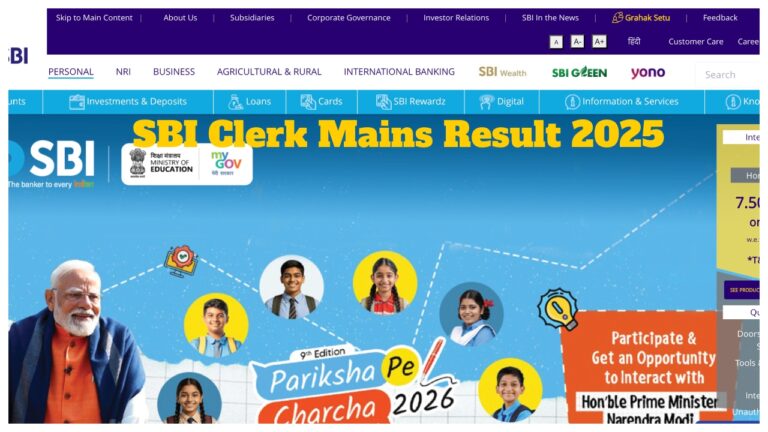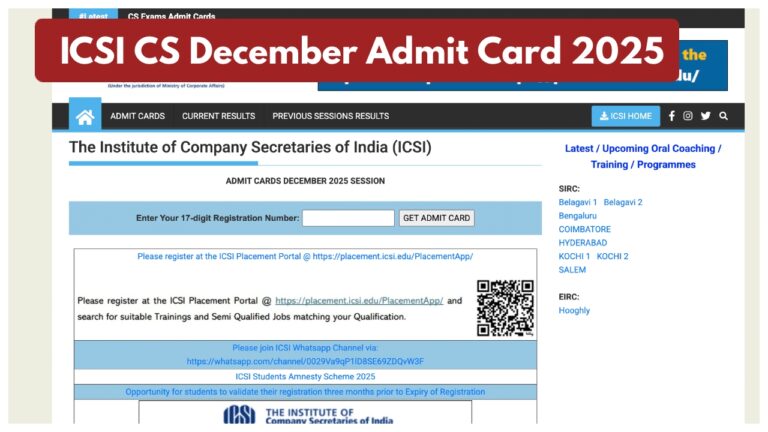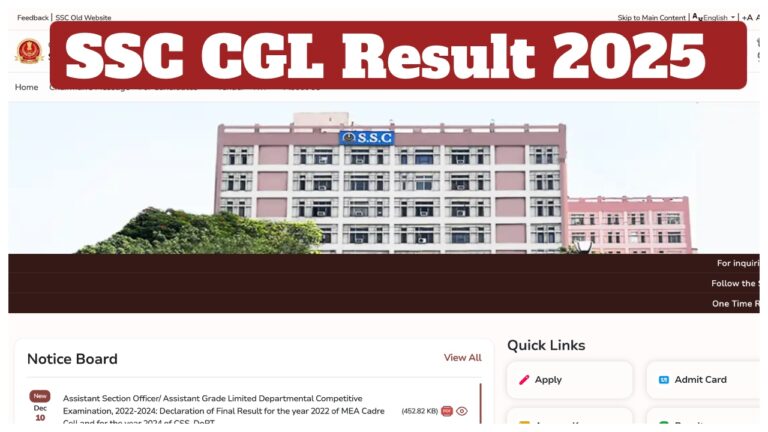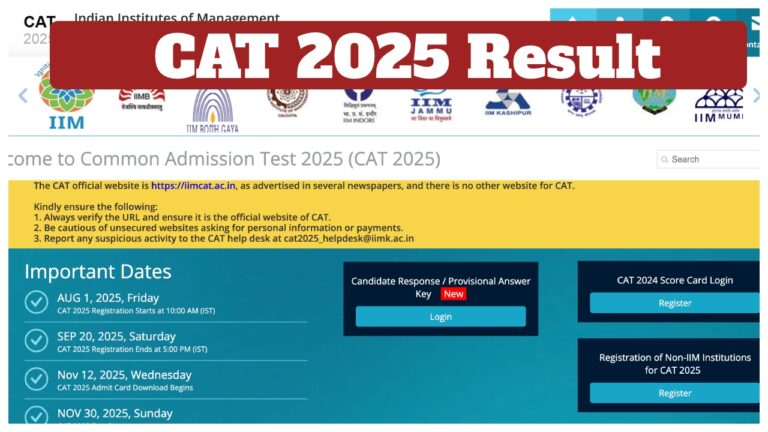The wait for the 8th Pay Commission for central employees is no longer limited to the hope of a salary hike. This time, there is a lot of discussion about a “masterstroke” which, if implemented, can change the fate of lakhs of employees. If sources are to be believed, a revolutionary proposal has been put before the government, which will change the entire structure of your pay level. Imagine what will happen if the existing 6 pay levels are abolished and reduced to just 3?
Yes, this is the big bet on which a heated debate is going on. This simply means that your basic salary can get a bumper jump in one go, and climbing the ladder of promotion can be faster than ever. So let’s understand this whole ‘level merger’ matter in simple language, and know how it will work and what effect it will have on your pocket.
Why is this proposal so special, and when will it be implemented
A pay commission is constituted every 10 years, which revises the salaries, allowances, and pensions of central employees according to today’s time. The 8th Pay Commission is also expected to be constituted soon, and its recommendations can be implemented from January 1, 2026. Its direct benefit will be available to more than 50 lakh employees and more than 65 lakh pensioners of the country.

Usually, everyone’s eyes are fixed on the fitment factor, which decides the basic salary. In the 7th Pay Commission, the fitment factor was 2.57, due to which the minimum basic salary went from ₹ 7,000 to ₹ 18,000 directly. There is full hope of a salary hike in the 8th Pay Commission due to the fitment factor. But the biggest attraction this time is the ‘merger of pay levels’.
What is this revolutionary proposal of pay-level merger
Employee unions and some experts have given a very important suggestion to the government: a merger of pay levels. Its main objective is to accelerate the slow pace of salary and career growth of lower and middle-level employees. This can be a step that will make the bureaucratic structure more dynamic and efficient.
How will the level merger affect your pocket and career
If the government accepts this proposal, its benefits can be surprising, especially for those employees who are currently on the initial pay scale.
One-time bumper jump in basic salary
This is its biggest and direct benefit. When two levels are merged, the initial basic salary of the new level is always kept equal to or higher than the higher level.
Understand with an example:
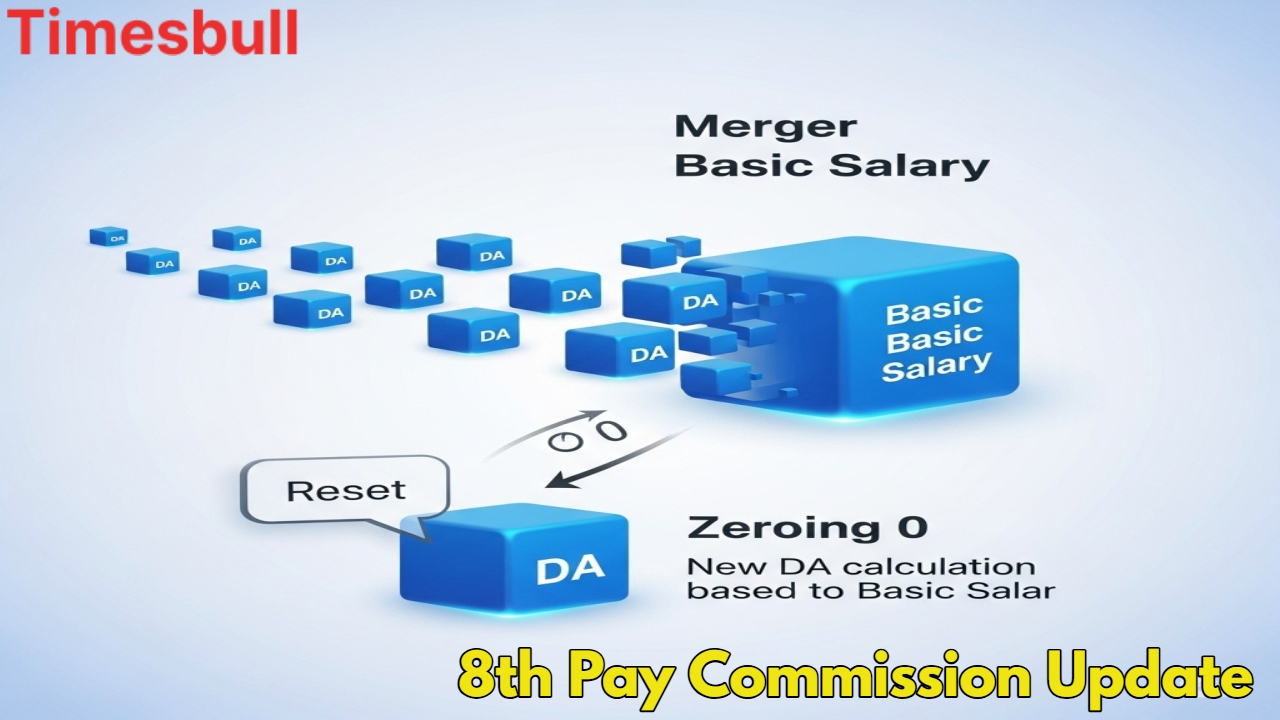
At present, the basic salary of level-1 is ₹ 18,000 and that of level-2 is ₹ 19,900.
When these two are combined to form a ‘new Level-A’, the starting basic salary of this new level can be at least ₹19,900 or even more (e.g., ₹21,700).
This means, An employee who is getting ₹18,000 today, his basic salary will increase to ₹19,900 or even more in one go.
Similarly, an employee at Level-3 (₹21,700) will get the benefit of starting basic salary equal to Level-4 (₹25,500), and an employee at Level-5 (₹29,200) will get the benefit of starting basic salary equal to Level-6 (₹35,400). This will directly increase the purchasing power of the employees.
Read More:- Government Schemes: Post Office Scheme Returns Hold Steady for July–Sept 2025: Full Interest Rate Chart
Read More:- Pilgrimage Tour Alert: Bharat Gaurav Express from Bihar to South Indian Temples – Book Now
‘Superfast’ train of progress
Currently, an employee has to cross many small levels to get promoted, which takes years. After the merger, this path will become shorter and faster.
Less waiting, faster progress: While earlier it used to take many years to move to the next level, now with fewer and bigger levels, promotion can be done quickly. This will boost the morale of the employees, and they will feel more motivated.
Bigger responsibility, better profile: You will get more responsibility at the merged level, which will strengthen your career profile and open new avenues for the future.
Pay anomalies will end

Many times, there are some anomalies (differences of less or more) regarding pay in adjacent levels. This problem will end with the merger, and a clean and rational pay structure will be created. This will reduce dissatisfaction among employees.
Which employees will get the most benefit
It is quite likely that the existing level-1, level-3, and level-5 employees will benefit the most from this ‘masterstroke’. When their level is merged with the higher level, their basic salary and position status will immediately see a major improvement. This can prove to be a game-changer for the lower and middle-level employees.
The government and the 8th Pay Commission will seriously consider all these aspects. For now, this is just a proposal. Its real picture will be clear only after the official recommendations of the commission.
